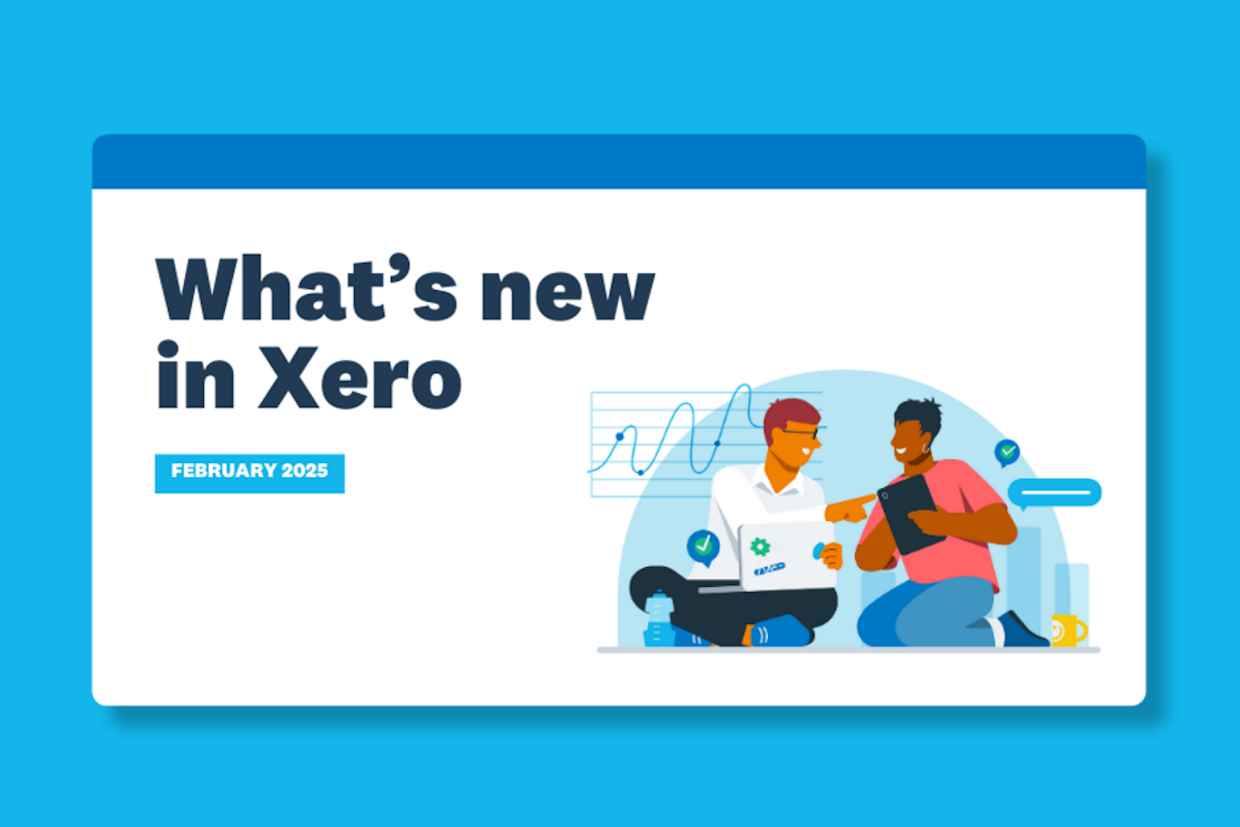Step 9 of Building a Better Business
Monitor your progress to reach your targets
When you’re driving, there are certain things on your dashboard that you keep an eye on - your speed, your fuel level, and the engine’s temperature.
It should be the same in your business. You should have a business dashboard with 3-5 key things you’re monitoring regularly.
Use this four-step process to create your own dashboard:

1. Determine which Key Performance Indicators (KPIs) should be on your dashboard.
These KPIs should have the greatest influence on you achieving your goals. For example, it could be the average hourly rate invoiced, your gross margin for any job, or the average transaction value for a certain period of time.
Which of your KPIs, when increased or decreased, will have the biggest impact on your future results? Choose no more than five to measure and have on your dashboard.
2. Work out how to measure your chosen KPIs.
The measurement process should be automated wherever possible. Most accounting software will measure your financial KPIs.
3. Produce a simple one-page report.
Produce this either weekly, fortnightly or monthly to track your results and progress. Set aside time to go through this report every time it’s produced and share the results with your team.
4. Repeat these steps with your team.
Identify the KPIs each team member should be monitoring. These will be different from the KPIs for your overall business. KPIs help your team understand the definition of a great day’s work for them. Monitoring and reporting the KPIs regularly will help your team know if they’re on track.
“Successful businesses measure and count things… unsuccessful businesses either measure nothing, the wrong things, too many things, or finally, they measure the right things, but they don’t communicate the measurements efficiently.” - Dick Costolo



Keep updated! Sign up to our mailing list!
Find Us
The Chartwell Practice Limited
Chartwell House
4 St Pauls Square
Burton-on-Trent
Staffordshire
DE14 2EF
Contact Us
Telephone: 01283 741400
Email: info@chartwellpractice.com
Useful links
Privacy Policy
Legals & Disclaimer
The Chartwell Practice Limited
